At the end of February - beginning of March, the new season starts for most gardeners. It is during this period that the processing of fruit trees and shrubs begins, because otherwise it will be difficult to achieve a good harvest, even under favorable natural conditions.
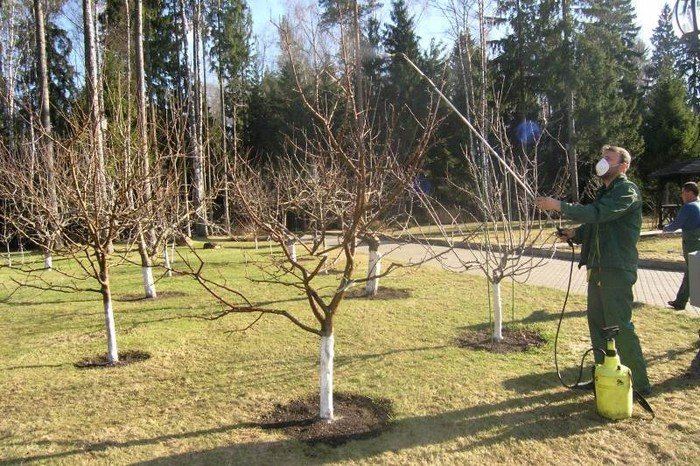
Plant preparation
With the cold winter temperatures behind us, it's time to give your trees and shrubs a thorough inspection. Branches damaged by frost and snow are pruned. Frost holes and bark damaged by rodents are cleaned, treated with copper sulfate or other fungicide, and then covered with garden varnish.
Tree bark that flakes off is cleaned with a stiff brush. This will make it easier to combat pests overwintering under the bark. Branches of shrubs with signs of bud mite or glassworm damage must be cut out.
How to determine processing times
There is not and cannot be a calendar that indicates the dates of treatments, because each region and each year are individual. In order not to be late in protecting your garden, you need to carefully monitor the weather and plants.
It is necessary to protect cultivated plants not only from insect pests, but also from diseases, most of which are caused by fungi. The awakening of these living organisms occurs at different times and depends on temperature.
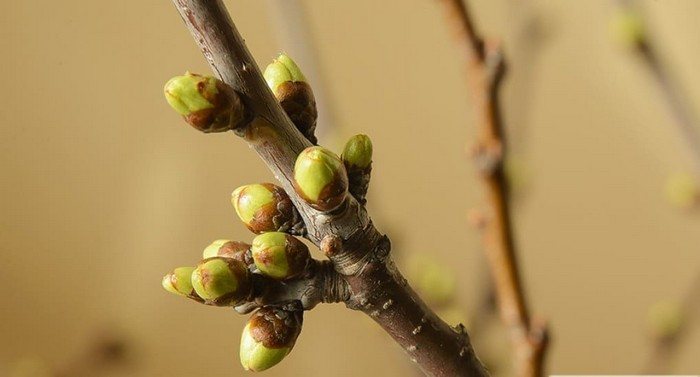
Fungal spores begin to develop first as soon as the temperature rises to +5 °C, but the plants are still dormant.It is during this period that plants are recommended to be treated with fungicides. Pests become active during bud break, so the first treatment with insecticides is carried out along the green cone.
Subsequent treatments with insecticides are carried out before the flowers bloom (through the pink bud) and at the stage of ovary formation. It is also recommended to treat small fruits with fungicides.
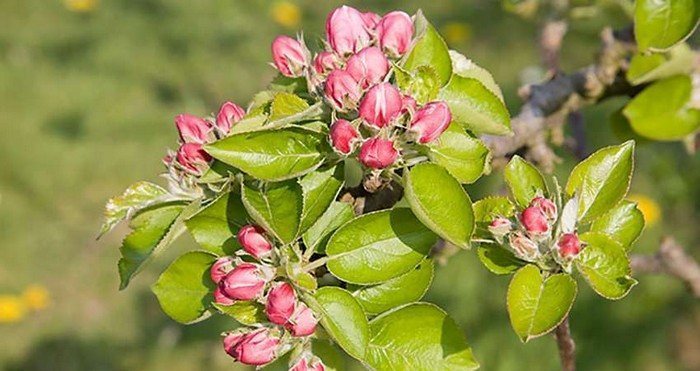
Main rules of spraying
Compliance with processing times and the correct choice of preparation do not always help protect the garden. It is important to consider weather conditions. Spraying should be carried out:
- in calm weather;
- in the morning or evening;
- in dry weather, without fog or subsequent precipitation;
- at an air temperature of at least 5 °C for chemicals and above 12 °C for biological ones;
- on all sides of the crown and trunk;
- with a break of 1-2 days when treated with different drugs;
- taking precautions and not neglecting protective clothing.
When and what fungicides to use
One of the most famous fungicides is Bordeaux mixture. This preparation can be used for the first spraying, before buds open, and for treating already set fruits. Copper sulfate, iron sulfate, and the preparations “Skor” and “Horus” will also be effective. The latter works well at low temperatures, but is not very effective at late treatments, because it quickly collapses in heat.
What insecticides can be used
For treatments at low temperatures, the following drugs are most often used: Fufanon, Iskra, Decis, Tanreg. At high temperatures, it is better to give preference to biological preparations: “Bitoxibacillin” and “Fitoverm”.
In addition to drugs, insects can be destroyed using trapping belts and baits.
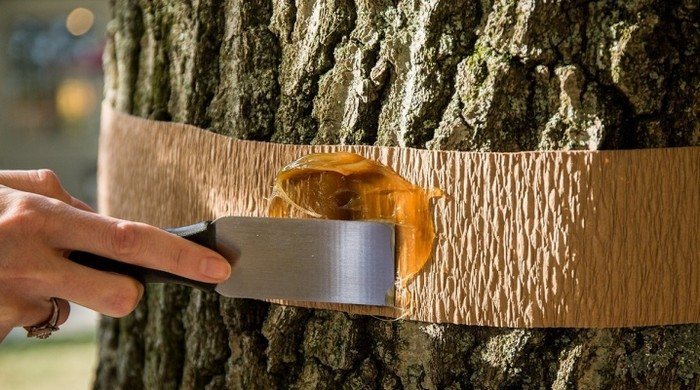
To get a good harvest on a personal plot, two treatments with fungicides and two with insecticides are enough. The main thing is to follow the basic processing rules in order to get maximum efficiency from the substances used.


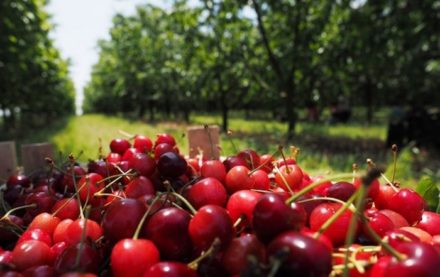




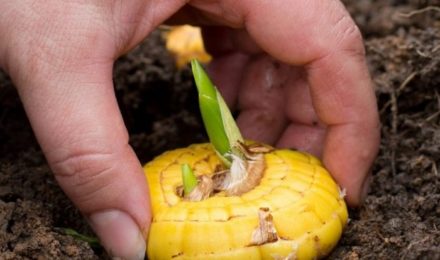

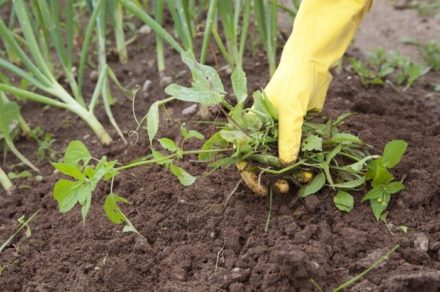
2 treatments with a fungicide and 2 insecticides are very few, at least 5-6 treatments, in industrial orchards up to 12 treatments per season, then a clean and healthy apple, which is always on the shelves of stores and markets, I speak as an agronomist.
Alexey, please tell me how to treat trees and shrubs in early spring